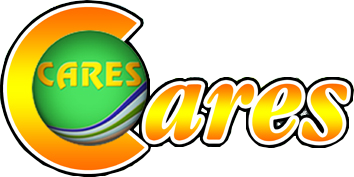Authors: Omid Rahmati, Saleh Yousefi, Zahra Kalantari, Evelyn Uuemaa, Teimur Teimurian, Saskia Keesstra, Tien Dat Pham, Dieu Tien Bui
Published in: Remote Sensing, 11(16), 1943
Published year: 2019
Category: ISI paper
Abstract
Mountainous areas are highly prone to a variety of nature-triggered disasters, which often cause disabling harm, death, destruction, and damage. In this work, an attempt was made to develop an accurate multi-hazard exposure map for a mountainous area (Asara watershed, Iran), based on state-of-the art machine learning techniques. Hazard modeling for avalanches, rockfalls, and floods was performed using three state-of-the-art models—support vector machine (SVM), boosted regression tree (BRT), and generalized additive model (GAM). Topo-hydrological and geo-environmental factors were used as predictors in the models. A flood dataset (n = 133 flood events) was applied, which had been prepared using Sentinel-1-based processing and ground-based information. In addition, snow avalanche (n = 58) and rockfall (n = 101) data sets were used. The data set of each hazard type was randomly divided to two groups: Training (70%) and validation (30%). Model performance was evaluated by the true skill score (TSS) and the area under receiver operating characteristic curve (AUC) criteria. Using an exposure map, the multi-hazard map was converted into a multi-hazard exposure map. According to both validation methods, the SVM model showed the highest accuracy for avalanches (AUC = 92.4%, TSS = 0.72) and rockfalls (AUC = 93.7%, TSS = 0.81), while BRT demonstrated the best performance for flood hazards (AUC = 94.2%, TSS = 0.80). Overall, multi-hazard exposure modeling revealed that valleys and areas close to the Chalous Road, one of the most important roads in Iran, were associated with high and very high levels of risk. The proposed multi-hazard exposure framework can be helpful in supporting decision making on mountain social-ecological systems facing multiple hazards.


 English
English